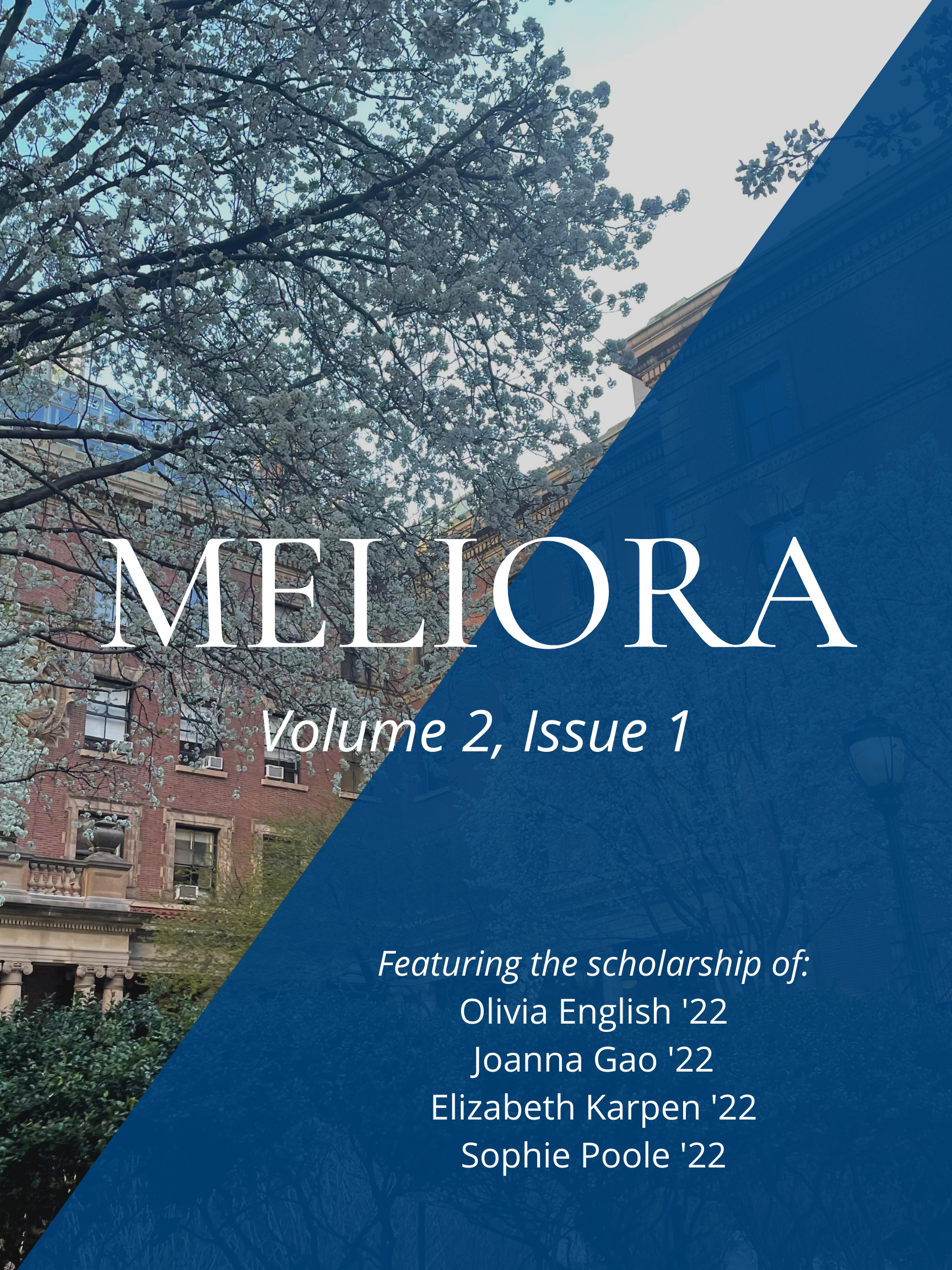摘要
Amidst the ubiquitous racist discourse of the 19th century, Sui Sin Far emerged as a pioneering Asian American writer, dedicating her life to writing fiction, essays, and journalistic articles that combatted anti-Chinese sentiment. Situated at the complex nexus of racial, religious, and socio-economic tensions, her short story collection Mrs. Spring Fragrance (1912) illustrate the collision between Chinese efforts to preserve their cultural traditions and Western assimilatory forces. While few scholars have commented on the role of children in Mrs. Spring Fragrance, this essay draws attention to that neglected subject, arguing that Sui Sin Far represents children as malleable, organic sites for anti-Chinese authorities to reinforce constructions of singular identity. Within a nation that holds no place for the existence of the “un-American,” how do the malleable bodies of children fall victim to singularity? Coupled with Amartya Sen’s identity theory, this essay features the deconstruction of three short stories—“In the Land of the Free,” “Pat and Pan,” and “The Wavering Image”—and its characters’ complex grappling with divergent versus singular affiliations.
##submission.copyrightStatement##

